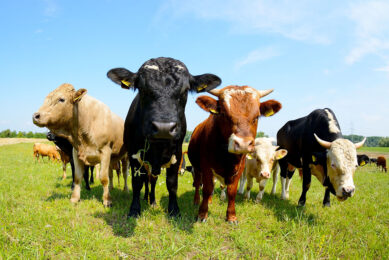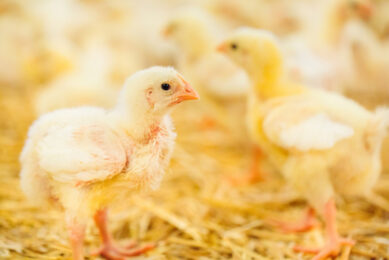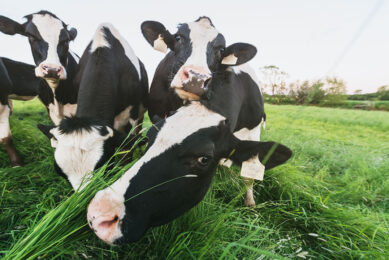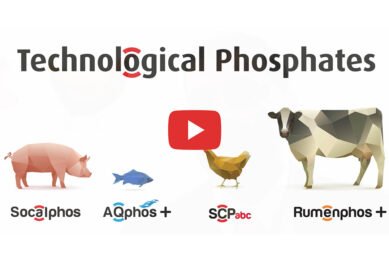AAFCO accepts definition for chelated trace minerals
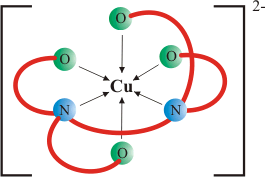
Mintrex chelated trace minerals from Novus International belong to a new feed ingredient category. The Association of American Feed Control Officials (AAFCO) accepted this new feed ingredient definition July 31, 2011, during its 2011 Ingredient Definitions Committee Meeting in Austin, Texas.
The Division of Animal Feeds within the US Food and Drug Administration Center for Veterinary Medicine accepted the chelated trace minerals category earlier this year and recommended that AAFCO accept this definition for inclusion in its official publication.
“The formation of a new feed ingredient category for Mintrex is an extremely important step that gives us the opportunity to define a new class of trace minerals,” says Dr. Chris Knight, Vice President of Research and Development for Novus.
“This announcement demonstrates to our customers in the animal health and nutrition industry that Mintrex is a next-generation trace mineral, truly defined as a chelate.”
Ligand bound mineral
In scientific terms, chelation means the trace minerals are bound with a ligand. This creates a stable complex in the acidic pH of the upper gastrointestinal tract; reduces break-up, or dissociation, of the mineral; helps reduce losses caused by antagonisms; and protects the mineral for efficient delivery and uptake in the small intestine.
Mintrex is a highly bioavailable mineral source, and is absorbed and used by the animal to a much greater degree than comparable inorganic trace mineral supplements. This enables producers to maintain feeding efficiency with fewer minerals fed and excreted.
“We are excited to have earned recognition of this new feed ingredient definition,” Knight says, “but it’s even more rewarding to be able to offer our customers an innovative form of trace minerals that maximizes their return on investment.”
Mintrex Cu, Zn and Mn supply the essential trace minerals copper, zinc and manganese. It can be added to feed for poultry; dairy and beef cattle; and hogs; as well as companion animal and equine diets, to provide for their mineral requirements and help animals perform to their full genetic potential.




